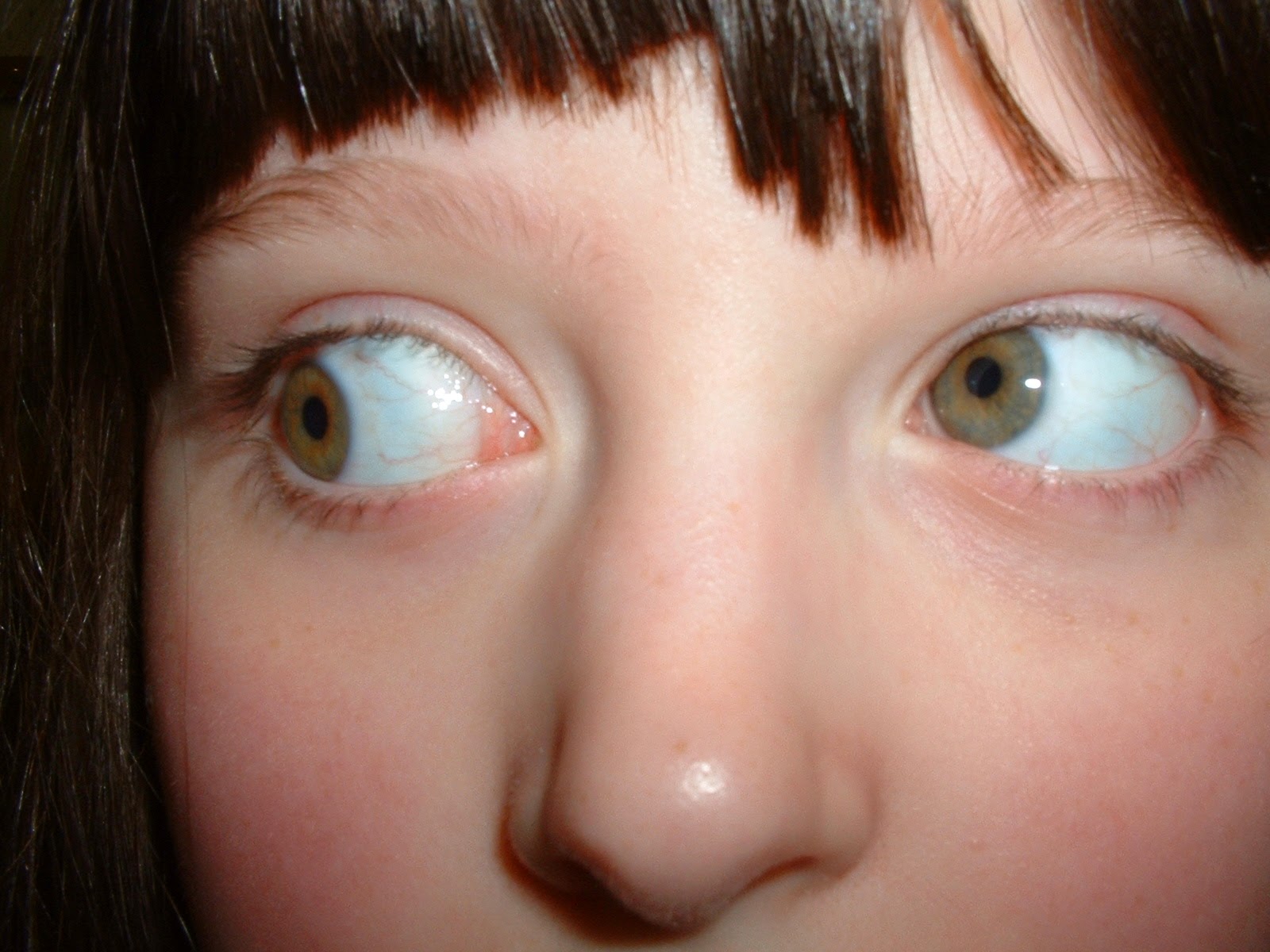So this is our 2nd strabismus rounds of the year- same rules as last time. Pick a case, devise a rational surgical plan, submit your plan in the comments section, and then go to the wet lab and show me what you can do.
Case 1: This 18 year old girl has had double vision since suffering a head injury in a car accident 6 months ago:
 |
| http://avserver.lib.uthsc.edu:8080/Medicine/eye_exam/page51.htm |
She has an inability to abduct the right eye past midline and has an otherwise normal ocular exam. She measures ET 35 in primary, ET 50+ in right gaze, and ET 10 in left gaze. (Top photo is left gaze, bottom photo is attempted right gaze.)
What is your surgical plan?
Case 2: This 15 year old boy has had double vision since suffering a concussion in a football game last year.
 |
| http://avserver.lib.uthsc.edu:8080/Medicine/eye_exam/page53.htm |
He had a left inferior oblique recession by a trusted colleague 3 months ago, but has persistent diplopia, especially in primary and right gaze. He has LHT 8 in primary, LHT 20 in right, orthotropia in left gaze, and LHT 8 in downgaze. Double Maddox Rod testing shows minimal (2 degrees) of excyclotorsion.
What is your surgical plan? (Hint- let's not mess with the obliques in the wet lab yet.)
Case 3: A 25 year old woman seeks your care for correction of her strabismus. She notes that she tends to adopt a chin-up head position.
 |
| http://openi.nlm.nih.gov/detailedresult.php?img=2612973_IndianJOphthalmol-56-504-g008&req=4 |
You note XT25 in primary, increasing to XT 40 in upgaze, and XT 8 in downgaze. There is no inferior oblique or superior oblique dysfunction, and her ocular exam is normal. Of note, she was diagnosed with plagiocephly as an infant, but is otherwise healthy.
What is your surgical plan?




